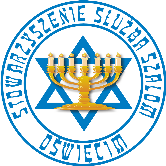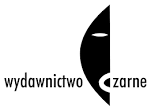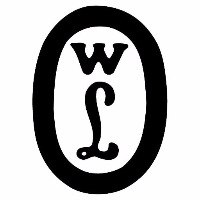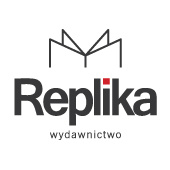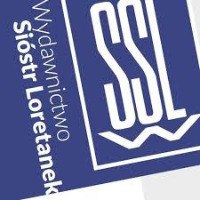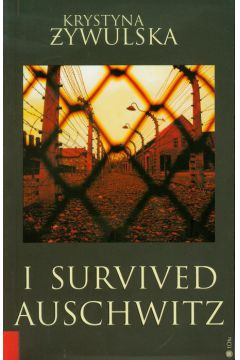The paper presents how, thanks to the application of a device recording the image in multiple wave spectrums, shocking account of an eyewitness of the Shoah in Birkenau gas chambers was read. In the years 1945-1980, within the premises of the former Auschwitz II-Birkenau camp, several manuscripts of Sonderkommando members, i.e. prisoners forced by the Nazis to operate gas chambers and crematoria, were found in the ground. The last one is constituted by so called Marcel Nadjari’s notes, discovered in 1980. They were placed in a glass vacuum bottle wrapped in leather, which however did not constitute enough protection from moisture and water. This resulted in the paper being irreparably damaged. In 2004 the manuscript was subject to thorough conservation, which aimed in particular at strengthening dim paper. What is more, conservators made the attempts to read the text, with the use of various modern digital equipment operating within ultraviolet and visible radiation ranges, near and farer infrared, as well as with the use of XRF (X-ray fluorescence) technique. However, the results obtained were not satisfactory. Only the test performed with the use of multispectral methods made it possible to read the majority of the text. Apart from texts describing the details of document conservation as well as the methods for its deciphering, the paper includes historical outline of Sonderkommando and Marcel Nadjari, the author of the notes, himself. Descriptive part is followed by the reproduction of 12 manuscript pages with their transcription in Greek (language in which the document was written) together with translation into Polish and English.
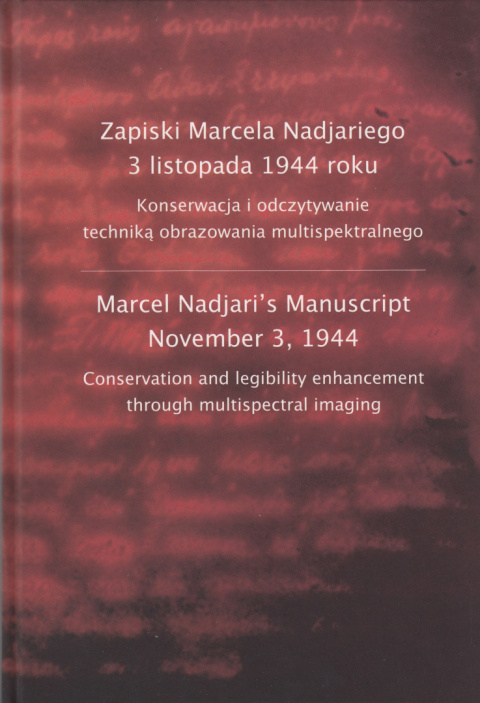

![[{[item.product.name]}]]([{[item.product.photo.url]}] 125w)









